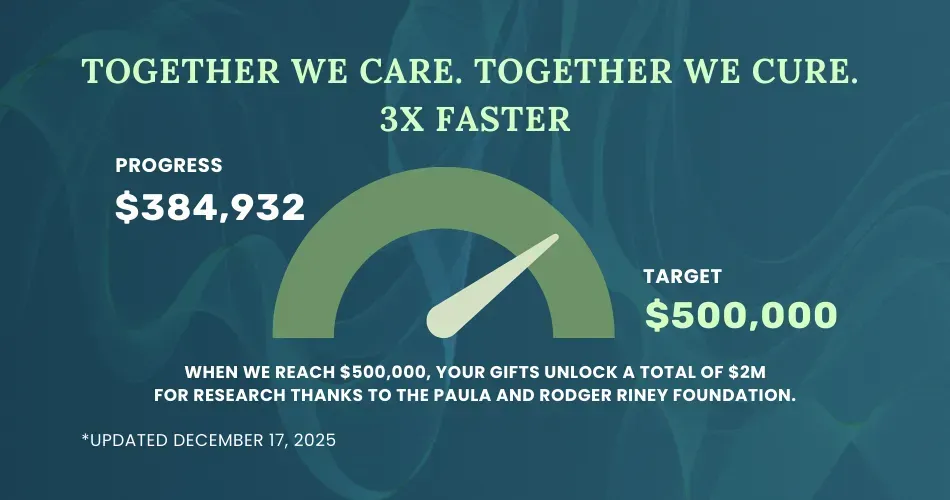What is Burkitt Lymphoma?
Burkitt lymphoma is a type of non-Hodgkin lymphoma, a cancer of the lymphatic system. It is a highly aggressive B-cell lymphoma that often starts in the lymph nodes and can spread to other organs, such as the spleen, liver, bone marrow, and central nervous system. The disease is named after Denis Burkitt, a British surgeon who first identified this unusual disease in African children in 1958. It is characterized by the rapid growth of tumors, which can double in size within 24 hours.
Types of Burkitt Lymphoma
There are three main types of Burkitt lymphoma:
- Endemic Burkitt lymphoma: This type is most common in Africa and is closely associated with the Epstein-Barr virus, which causes mononucleosis. It often affects the jaw and facial bones.
- Sporadic Burkitt lymphoma: Also known as non-endemic Burkitt lymphoma, this type occurs throughout the world, including the United States and Western Europe. It often affects the abdomen and can spread to the central nervous system.
- Immunodeficiency-related Burkitt lymphoma: This type occurs in people with weakened immune systems, such as those with HIV/AIDS or those who have had organ transplants.
Why Do People Get Burkitt Lymphoma?
The exact cause of Burkitt's lymphoma is not known. However, it is closely associated with the Epstein-Barr virus (EBV), the virus that causes mononucleosis. Most people are infected with EBV at some point in their lives, but only a small fraction develop Burkitt lymphoma. It is thought that other genetic and environmental factors also play a role in the development of this disease. People with weakened immune systems, such as those with HIV/AIDS or those who have had organ transplants, are at a higher risk of developing Burkitt lymphoma. In addition, people living in or originating from certain parts of Africa, where the disease is endemic, are also at a higher risk.
Who gets Burkitt's Lymphoma?
Burkitt lymphoma accounts for approximately 1% to 5% of all non-Hodgkin lymphomas. This blood cancer is more common in Caucasians and in males with a 3-4:1 male-to-female ratio. In children younger than 18 years of age, there are approximately 3 to 6 per 100,000 children diagnosed annually. The average age of diagnosis is 6 years. The sporadic form is localized to North America and Europe with a median age of diagnosis of 45. Sporadic Burkitt lymphoma has an annual estimated incidence of 4 per 1 million children less than 16 years of age whereas the incidence is 2.5 per 1 million in adults. The average age of diagnosis in pediatric patients is 3 to 12 years of age. The immunodeficiency-associated variant has an incidence of 22 per 100,000 persons in the United States.
Want to Learn More About Burkitt's Lymphoma?
Keep reading HealthTree for Burkitt's Lymphoma's 101 pages!
Burkitt lymphoma is a type of non-Hodgkin lymphoma, a cancer of the lymphatic system. It is a highly aggressive B-cell lymphoma that often starts in the lymph nodes and can spread to other organs, such as the spleen, liver, bone marrow, and central nervous system. The disease is named after Denis Burkitt, a British surgeon who first identified this unusual disease in African children in 1958. It is characterized by the rapid growth of tumors, which can double in size within 24 hours.
Types of Burkitt Lymphoma
There are three main types of Burkitt lymphoma:
- Endemic Burkitt lymphoma: This type is most common in Africa and is closely associated with the Epstein-Barr virus, which causes mononucleosis. It often affects the jaw and facial bones.
- Sporadic Burkitt lymphoma: Also known as non-endemic Burkitt lymphoma, this type occurs throughout the world, including the United States and Western Europe. It often affects the abdomen and can spread to the central nervous system.
- Immunodeficiency-related Burkitt lymphoma: This type occurs in people with weakened immune systems, such as those with HIV/AIDS or those who have had organ transplants.
Why Do People Get Burkitt Lymphoma?
The exact cause of Burkitt's lymphoma is not known. However, it is closely associated with the Epstein-Barr virus (EBV), the virus that causes mononucleosis. Most people are infected with EBV at some point in their lives, but only a small fraction develop Burkitt lymphoma. It is thought that other genetic and environmental factors also play a role in the development of this disease. People with weakened immune systems, such as those with HIV/AIDS or those who have had organ transplants, are at a higher risk of developing Burkitt lymphoma. In addition, people living in or originating from certain parts of Africa, where the disease is endemic, are also at a higher risk.
Who gets Burkitt's Lymphoma?
Burkitt lymphoma accounts for approximately 1% to 5% of all non-Hodgkin lymphomas. This blood cancer is more common in Caucasians and in males with a 3-4:1 male-to-female ratio. In children younger than 18 years of age, there are approximately 3 to 6 per 100,000 children diagnosed annually. The average age of diagnosis is 6 years. The sporadic form is localized to North America and Europe with a median age of diagnosis of 45. Sporadic Burkitt lymphoma has an annual estimated incidence of 4 per 1 million children less than 16 years of age whereas the incidence is 2.5 per 1 million in adults. The average age of diagnosis in pediatric patients is 3 to 12 years of age. The immunodeficiency-associated variant has an incidence of 22 per 100,000 persons in the United States.
Want to Learn More About Burkitt's Lymphoma?
Keep reading HealthTree for Burkitt's Lymphoma's 101 pages!
Trending Articles
Get the Latest Burkitt Lymphoma Updates, Delivered to You.
By subscribing to the HealthTree newsletter, you'll receive the latest research, treatment updates, and expert insights to help you navigate your health.
Together we care.
Together we cure.
3x Faster.




